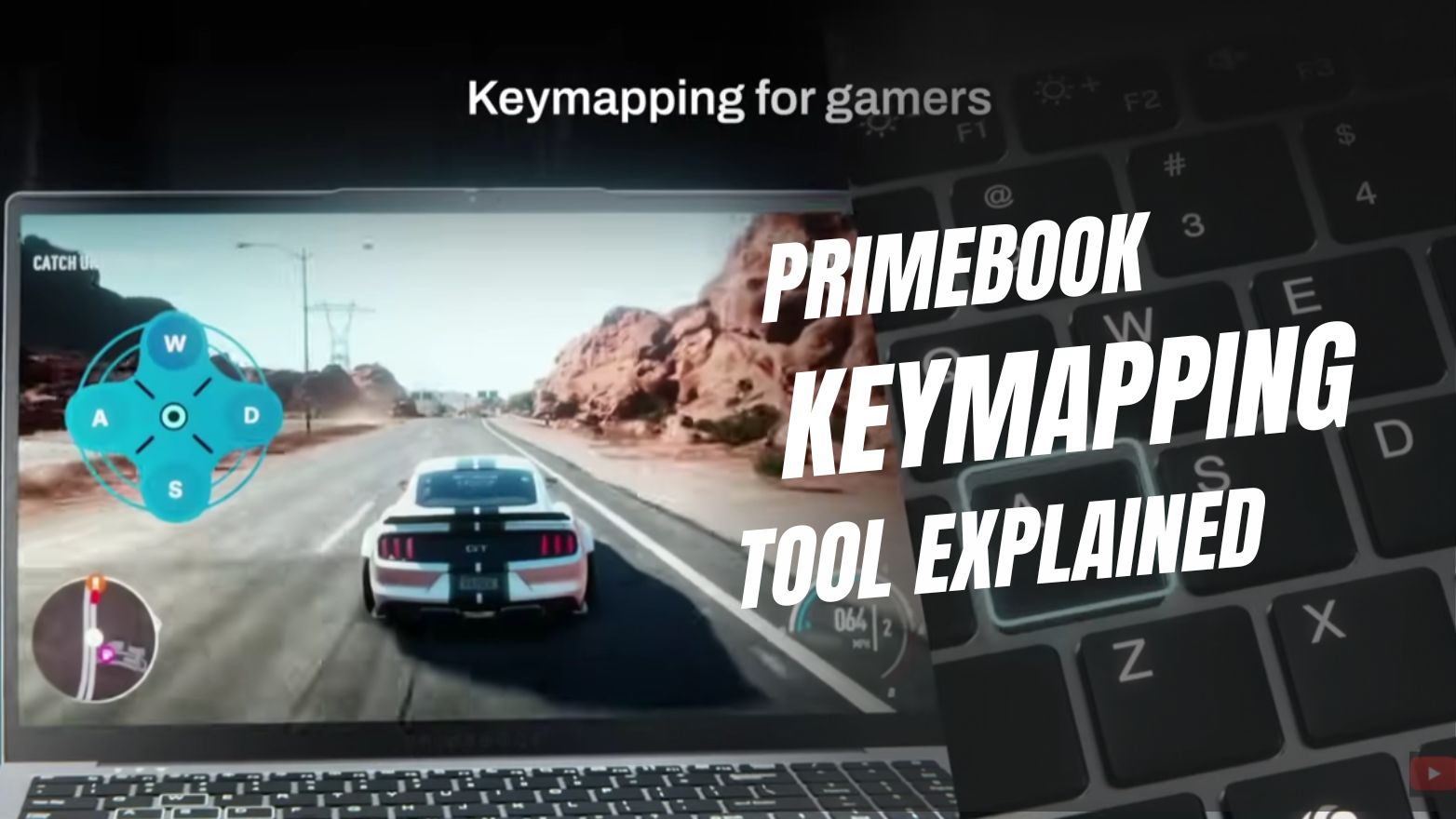Blogs / How To / How to Gamify Classroom?
Blogs / How To / How to Gamify Classroom?

Ananya Dasgupta
10 Jun 2024

How to Gamify Classroom?
Table of Contents
The transformation of the classroom into a better learning environment with gamified elements and principles has seen a massive boom in recent years. This is more with the advent of virtual classrooms and various platforms that promote gamified learning. However, gamifying the classroom isn’t as easy as it seems, because you need to cater to the individual and collective needs of the students. So, in this blog, we aim to showcase how to gamify a classroom appropriately and enable students to learn better.
Brainstorm on Various Rewards
No, sprinkling rewards like class pizza parties or expensive gifts don’t stand for a successful example of gamification in the classroom.
Students enjoy games not solely for gifts or parties but for the joy of the gameplay itself. This joy and satisfaction of performing the playful activity give them motivation from within.
Hence, one seriously needs to brainstorm the various reward systems to incorporate and gamify the classroom. That’s the first step!
It can be the utilization of the point system, badges on task accomplishments, or something more out-of-the-box – Something like a student talent show, a physical or virtual field trip, hand-written cards from the teacher, or the opportunity to wear sunglasses inside the classroom. Such rewards are meant to drive extrinsic motivation among students to reach a specific goal and one must strategise and implement the most suitable rewards for the class!
Promote Healthy Competitions
Teachers need to tap into the fundamental human thirst for competition! That’s the next step to gamifying the classroom successfully!
Healthy competitions empower students with a sense of purpose and progress and pave their interest in the lessons taught in the class.
Leaderboard is a salient gamification tool in this regard, especially for enhancing the learning process in a virtual classroom setting.
However, one must incorporate them wisely! This is because – leaderboards create a sense of intense competition and if not designed and managed carefully, can stir tension among students. This is more for those who won’t be able to come to the top positions.
So, the key is to design a leaderboard where each student’s progress and efforts are the main celebration factors instead of just top performances. When students see their growth, the urge to set more realistic learning goals gets intensified.
Leverage The Power of Storytelling
While rich narratives and stories are what spawn our imaginations and creativity, teachers have to leverage that power to gamify the classroom.
Herein, teachers can even utilise imaginative characters or avatars to draw more attention and engagement!
Storytelling can not only pass along information and offer contexts with greater relevance, but when integrated into gamification for learning can also convert academic objectives into enjoyable quests.
When a narrative is built into gamification, and students make their way through the story, encountering increasingly difficult challenges, their curiosity takes up, and so be their focus. They’re aware that the gamified course has a clear beginning and end; they find themselves emotionally connected to the story!
Prompt Regular Assessments
Gamifying the classroom doesn’t only concern engaging the students deeply with the lessons and study materials!
One can also use this significant approach to create regular low-stake assessments in the class. This can be a simple peer explanation type or an ungraded quiz!
Letting students raise questions, reply to one another, and further choose their favourite response can also serve as an effective example of gamifying assessments in the classroom!
Gamified assessment sessions in the classroom can gauge a student’s understanding of the subject matter without worrying about grades, marks, or penalties. Such a method works on the psychology of habit-building, where a student can be prepared for any sort of exam or test way ahead of it.
Give Immediate Feedback
Above all, one needs to gamify the classroom in a way where students can clearly identify their strengths and weaknesses, and find relevant room for improvement.
This is possible by integrating the game-based principle of quick, real-time responses to actions! With such an immediate course correction option, the rate of learning among students inevitably improves.
Quick polls are pretty effective as an immediate check on students’ understanding of the lessons during the class. In a virtual classroom setting, the hand-raising feature can even work for the same!
Indeed, feedback is a powerful vehicle to foster a sense of accomplishment among students!
Also Read: Gamification in Classroom: Effectively Bringing Theories to Practice!
In a nutshell, gamifying a classroom has no one-size-fits approach. What works effectively for one group of students, may not suit the others. Hence, understanding the students' psychology and the specific learning context is crucial. That’s how you can successfully implement this dynamic mechanism in the classroom and provide a better learning experience among students.


 Related Blog
Related Blog









